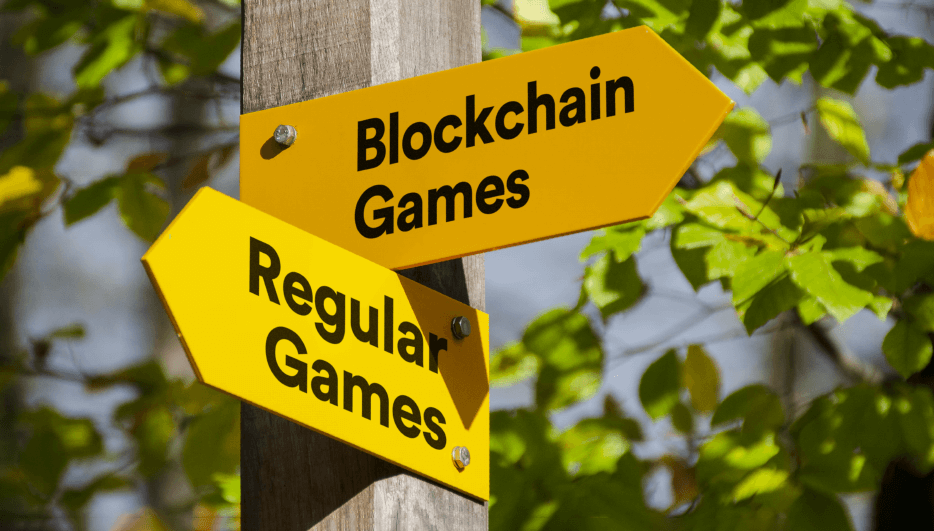- Intro
- What’s blockchain?
- What are NFTs?
- Why all the hype?
- But wait, isn’t all of this possible without blockchain?
- If this is already possible, why is blockchain gaming even a thing?
- So what’s the answer?
- The future is bright!
Blockchain and Web3 games are a popular (and hotly debated) element of the games industry incorporating blockchain technology and cryptocurrencies. Recently we’ve seen lots of major game developers and publishers dip a toe (and sometimes quickly remove it) into the world of blockchain and non-fungible tokens (NFTs). And with some industry insiders telling us it’s the future of gaming, and others saying it’s nothing new, it can be tough to know who’s right.
While we’re not one to pick sides in this debate, we are curious to understand if / how these types of games, and the technology they are built on are really the revolution that some suggest. And, why the need for this type of technology and functionality came about in the first place.
First off, let’s look at the basics.
What’s blockchain?
If you're reading this, you're probably somewhat familiar with what the blockchain is – a decentralized digital ledgers that securely and transparently record transactions. For crypto the blockchain is used to track and issue new units of currency. Blockchain games are games which build on top of this, allowing players to own and trade in-game assets (eg items or characters) as NFTs or buy and sell virtual currencies, all in a secure and transparent way.
Some examples of popular blockchain-based games include Decentraland and Axie Infinity.
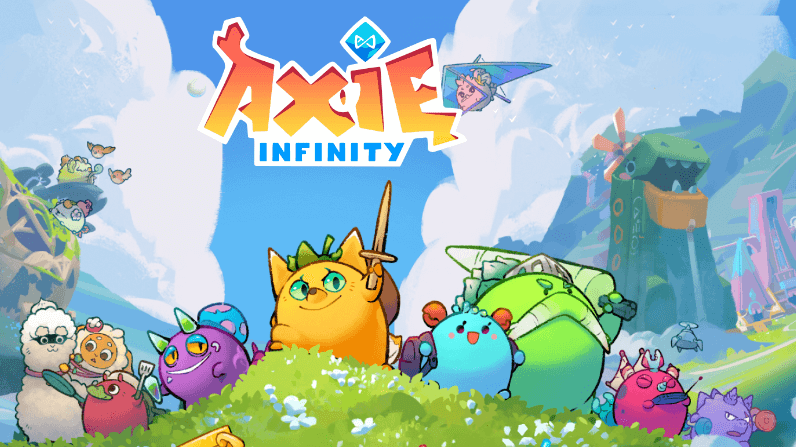
What are NFTs?
NFTs are digital assets that are stored on a blockchain. Unlike cryptocurrencies, they’re one-of-a-kind assets – art, music, or videos, for example – with identifiers and metadata that make them impossible to duplicate. NFTs in gaming allow devs to create unique collectible in-game items or assets players can own or trade.
An example of NFTs are the Axies in Axie Infinity, which players can buy, sell, and trade on various marketplaces.
Why all the hype?
A lot of people in (and out of) our industry suggest that blockchain brings USPs to gaming that were never possible before. They say that the blockchain enables players to truly own in-game assets, and can trade them with others without an intermediary. Content also isn't locked to a specific platform, or even to the game they came from. With NFTs, these assets can be verifiably scarce, making them uniquely valuable to players.
The interoperability that this technology brings is perhaps pretty revolutionary too – it makes it possible for players to use in-game assets they own across different blockchain-based games (given the other technical challenges linked to asset swapping are overcome). Particularly rare and in-demand NFTs can also provide valuable investment opportunities, and give devs (and players) a whole new way to make money from their games.
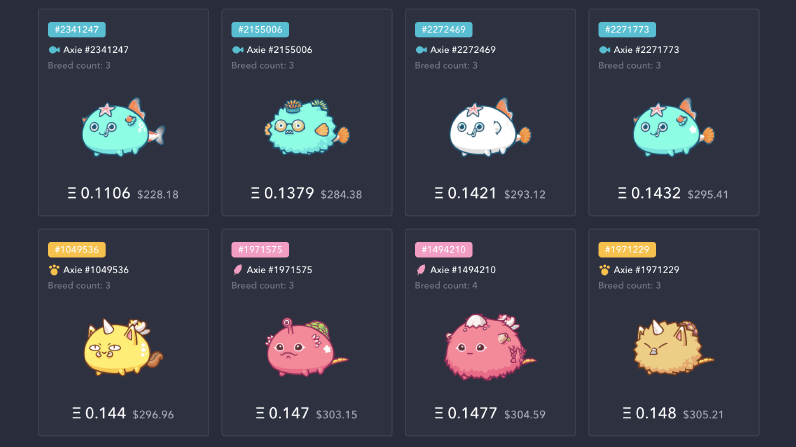
Blockchain games have been touted for their security as well. The decentralized nature of blockchain makes it difficult for hackers to steal in-game assets or disrupt games. And because NFTs are stored on a blockchain, players get a secure and transparent way to trade them, without a central authority or intermediary overseeing things. On the flip side, it does also open up some other security challenges.
But wait, isn’t all of this possible without blockchain?
The short answer is, well, sort of. Lots of games that aren’t based on blockchain technology are able to do similar things. Steam’s Community Market is a great example – players have been able to buy and sell in-game items between themselves for some time now, while devs earn a percentage of the revenue generated from in-game sales. It’s also a secure platform, with transactions going through its own servers to help stop the scammers. And a real-time activity feed shows which items are being bought and sold, and their prices. This means there’s no need for players to get to grips with the complexity that comes with blockchain, like how to use crypto wallets, understand transaction fees, gas fees, or navigate decentralized exchanges to buy and sell in-game assets. It also doesn’t have the same environmental concerns – blockchain uses a lot of computational power, which means a lot of energy. And that’s not doing the climate any favors.
Let’s also not forget that World of Warcraft has an auction house for buying and selling item from other players (albeit for in-game currency). In Diablo 3, Blizzard attempted to make an auction house that you could spend real money in. It was ultimately unsuccessful and had to be shut down, but it prove that technically, something like this was possible without blockchain technology (and just how complex managing an in-game economy connected to real money can be). Other MMOs have been using rare and hard-to-get items to drive player engagement and progression forever. There’s also a long history of black-market item trading on eBay, which was eventually banned due to it being so ripe for fraud. A similar issue might be brewing with blockchain and NFTs, which are (for now) largely unregulated markets. That could create legal and regulatory problems.
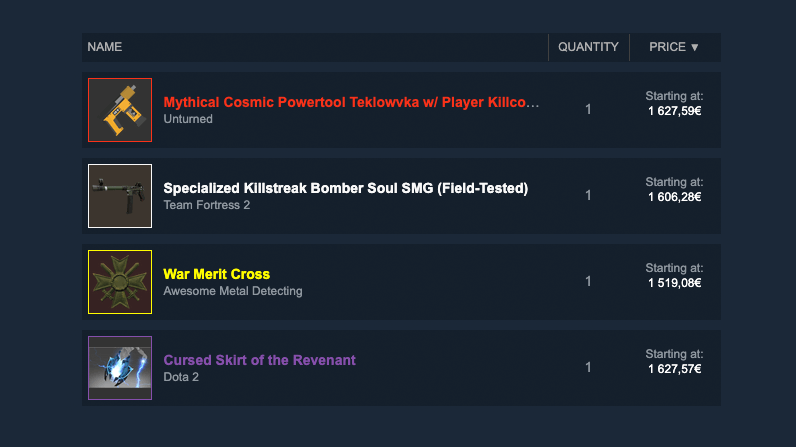
And of course, there’s a bigger question around the concept of ownership of digital assets as a whole – can you ever really “own” something that’s entirely digital, and relies on a game or platform to exist, and maintain its value and use? Some might argue that your CS:GO skins are just as much yours as your Axies.
If this is already possible, why is blockchain gaming even a thing?
It’s a good question. If all the features of Web3 games are already possible in normal non-blockchain games, why are we even bothering with it?
We believe the problem here lies with the game platforms themselves and their failure to innovate in this area. The likes of Xbox, Nintendo, PlayStation, Apple, and Google have spent decades creating walled gardens intended to keep their players playing games on their platforms with little-to-no innovation. The exception – to an extent – is Steam. But all of their technology is still quite limiting, and still locked to their own platform. Apple, Google, and the console platforms are even further behind.
As an example, look at how long it took for Sony to finally allow cross-play with Xbox and PC players. For years they said it wasn’t possible, until along came a game big enough that it forced their hand and showed there actually wasn’t anything stopping this from working.
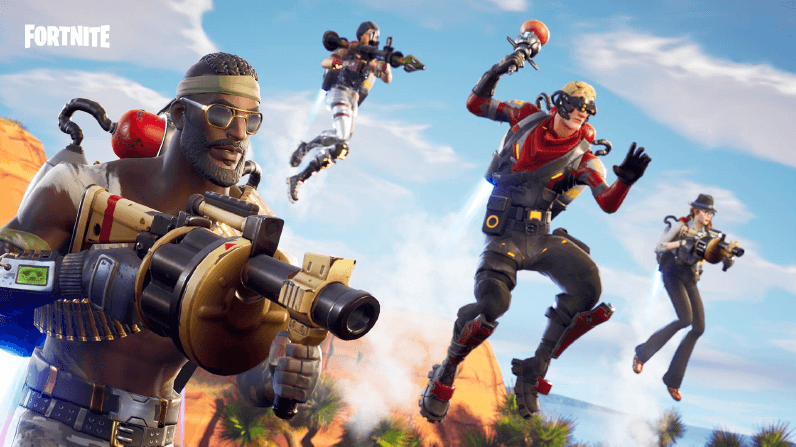
This failure to move with the times and give developers and players the tools and technology they obviously want – the means to buy and sell content from each other, have truly valuable content with legitimate scarcity available to them, and more freedom to do what they want with their game accounts and progression – is what’s made blockchain a “better” alternative for many and contributed to its rapid rise in popularity.
If these platforms had the players’ and developers’ best interests in mind, who knows what would be possible with games today?
So what’s the answer?
Having weighed all that up, we're still not convinced blockchain gaming will have the revolutionary or game-changing impact that some say, at least in its current iteration. But, it is challenging the games industry (and first-party platforms) to build more tools and functionality to allow players and developers to do the things they clearly want. And that can never be a bad thing, right? Having said that, should it even be the platforms’ responsibility to provide this technology? Don’t they already have enough to worry about with building hardware and operating systems, let alone their own game subscription services?
This is something that’s been on our mind since LootLocker was founded – instead of the first-party platforms providing this technology, creating channels for games to communicate with each other, and innovating with brand-new features and services, perhaps what we need is an independent platform. And that’s what we’ve been building with LootLocker, offering similar tools and functionality to both first-party platforms- and blockchain games, without actually being based on blockchain.
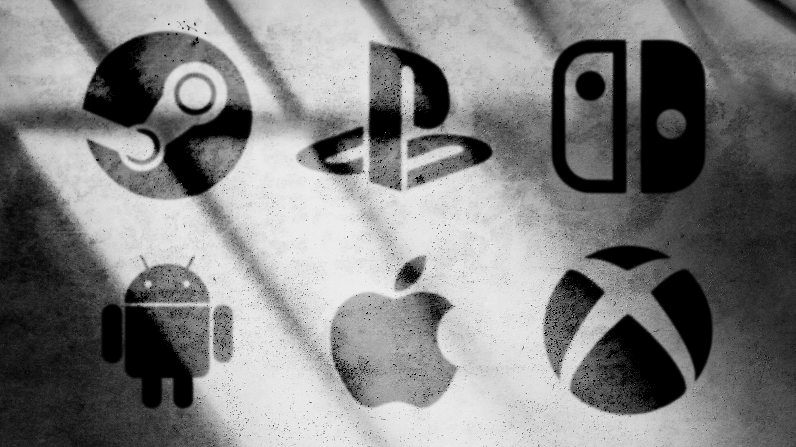
For example, our asset system makes creating unique assets containing lots of information (data, key values, code, files, third-party integrations, etc.) really easy. As well as this, each and every asset in a player’s inventory is unique across the whole LootLocker backend. So players will be able to trade them with others outside the game, creating more “real” ownership. Tie this into our cross-platform authentication system and our upcoming Universal Player Authentication, you will never again be tied down to the platform you first started playing on.
It’s also easy to regulate information. Because while the decentralized nature of blockchain makes it difficult for hackers to steal in-game assets or disrupt games, it’s not impossible (as Axie Infinity found out when it was reportedly hacked via a fake LinkedIn job offer). And you can’t manually resolve it with blockchain, as rollbacks aren’t possible. But if something goes wrong with a LootLocker-based game, we can quickly revert to previous versions to make sure it doesn’t cripple your game’s economy. The same goes for if your user data is ever hacked.
The future is bright!
Regardless of whether you agree with the arguments for or against blockchain and Web3 games, it's clear that first-party platforms need to step aside as games continue to innovate on their economy designs and the concept of "player ownership". We see ourselves as a part of the future where the platforms we play our games on have less control over how games and their economies work.
And that the future has a lot to offer. With international legislation such as the Digital Markets Act shifting the platform power dynamic, and companies like Epic Games, Netflix, and Roblox seeking a more "open" game publishing ecosystem, we're excited to see how the games industry will evolve over the next five to ten years.
